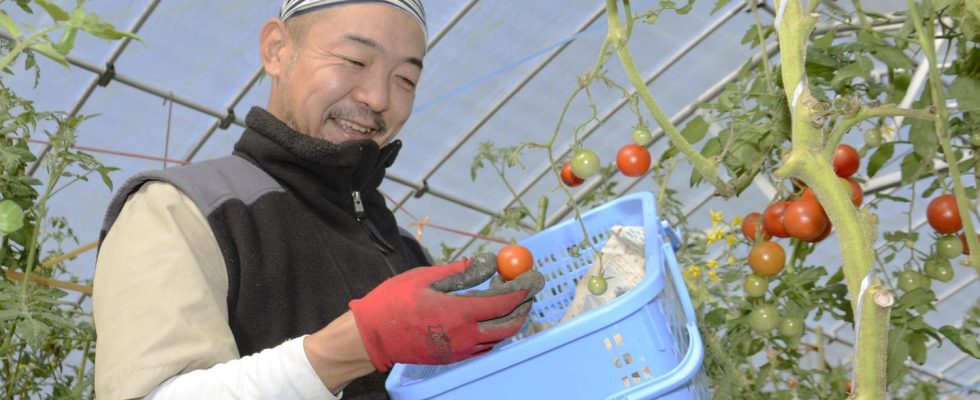Japan, like France, is finding it increasingly difficult to find workers for its agricultural operations. To try to stop this hemorrhage, the country is seeking to convince inexperienced retirees to take up this activity, with technological help and 24-hour assistance.
Japan is very worried about the future of its agriculture. As in most developed countries, farms are finding it increasingly difficult to recruit employees and every year many farms are forced to close. The work is difficult, fairly poorly paid and young people prefer to move towards less difficult industries. Today, fewer than two million people still work in agriculture in Japan. In 2000, there were four million, double that.
Now, 65% of these farmers are over 65 years old. So to try to save its farms, the country is trying to convince retirees to go into agriculture. He appeals to people who have made careers in completely different professions, but who would like to remain active for a few more years or who would need to maintain a source of income.
>> Japan: taxi drivers will soon be able to work until age 80 in remote regions
An agronomist hotline
So that such beginners can suddenly manage a farm, companies say they can now operate on state-of-the-art farms, where the apprentice farmer is assisted by experts who control the farm remotely.
For example, in the suburbs of Tokyo, the NTT group designed a large greenhouse where a retiree grows cherry tomatoes. This is no ordinary greenhouse. 4K cameras are placed throughout the ceiling, as well as sensors that measure humidity, temperature and even the evolution of the floors. There is even a small robot that moves around the greenhouse to check the condition of the tomatoes hidden under the leaves. The farmer himself wears connected glasses with cameras.
As soon as he has a question about his harvest, he connects, with 5G, to a help center located elsewhere in Japan. The center’s agronomists then connect to his farm, they check all his data, the camera images, they also ask him to move in front of the plants to see the size and color of the tomatoes. They make their diagnosis and explain possible treatments. In total it lasts five minutes and then they can connect to another farm.
A heavy investment at the start
NTT says the result is very encouraging. The yields are very good and the quality of the tomatoes is exceptional. But these high-tech farms with apprentices cannot yet exist on a large scale. The problem is their cost. The investment for the cherry tomato greenhouse is approaching 250,000 euros. You then have to pay for a 5G connection to transmit all this data, which still costs 25,000 euros per year. The operation therefore makes cherry tomatoes very expensive.
>> In Japan, a caterer invents ice cream that does not melt for the elderly
But companies want to believe that the prices of technologies will one day drop and that their installation will then be profitable on large farms that no longer have enough professional farmers.
